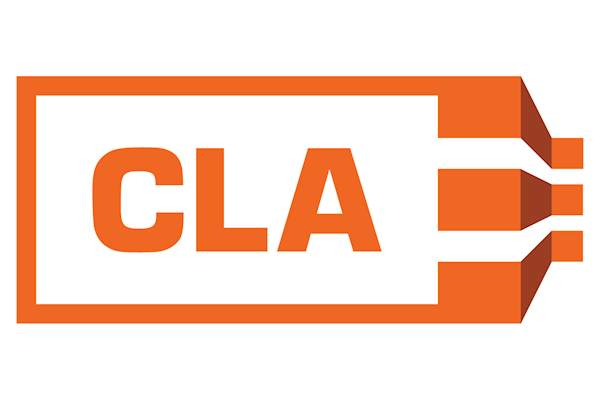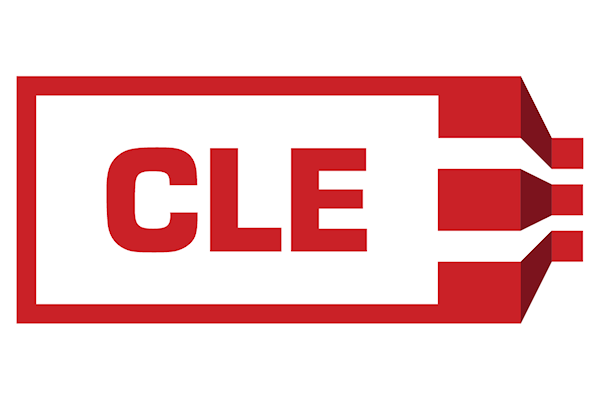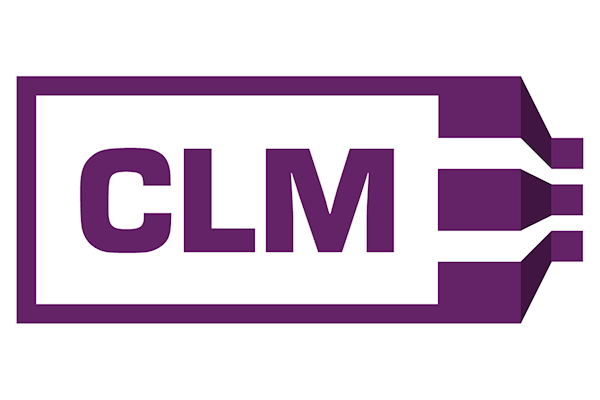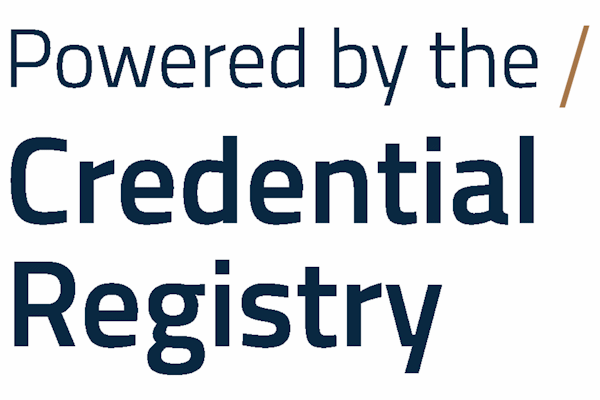By Mike Loughrin, CEO for Transformance Advisors
Confusion Reigns
Educational courses and certification programs for Lean are all over the place. There are no generally accepted Lean education standards.
It’s ironic how a program focused on reducing waste has evolved into such uncontrolled confusion:
- Why does everyone have to waste time seeking to determine which concepts and tools should be taught to employees?
- Why are these charlatans running around treating Lean education as just an immersion into speaking Japanese?
- Who are these crazy people claiming it’s easy to change your organization’s culture?
For this article, I’ll stick to a standard Lean Transformation program. I will focus on the needs of those seeking to make the cultural transformation – the difficult path to creating a sustainable organization.
I won’t muddy the waters with Lean Six Sigma, Lean Sigma, Toyota stuff, or some other derivative. In addition, I will not be supporting anyone seeking to cause chaos with some fast cost cutting shenanigans. I will not be giving away a short list of magic bullets or a long list of a million foreign words.

A Solid Framework
Given an immense body of knowledge, you cannot, and do not need to, provide complete educational coverage to every person helping with a Lean Transformation. But, you do need to provide education to everyone and segment which concepts, terms, and problem solving tools should be taught to people, based upon their role in your Lean Transformation.
There are no “official” levels of knowledge for people working on a Lean Transformation. However, there is a common sense approach used by many organizations.
This common sense approach defines standards for education and the roles people will perform on Lean projects and other events. This widely used approach segments Lean education standards and the corresponding roles into the following:
- Apprentice: provide subject matter expertise and support projects, kaizen blitz events, and continuous improvement activities
- Practitioner: manage projects, lead value stream mapping sessions, and facilitate kaizen blitz events
- Expert: lead major projects, address complex problems, and advise project teams
- Master: establish standards, provide expert advice on overall program management, and coach problem solvers
- Champion: sponsor projects, ensure resources, and communicate the progress toward creating a sustainable organization
Of course, there is room at the margins. An organization might ask more, or less, from any role. This would simply mean more, or less, education would be required for succeeding at the assignment.

Knowledge Needs
Given the 5 Lean roles, let’s turn our attention to the education required for each role.
Warning: we are now at the point with very high risk of aggravating every Lean enthusiast who believes they have it figured out!
Those without a desire to learn – should stop reading now.
For those with the courage to continue, brace yourself and get ready to learn.
The balance of this article will explore the body of knowledge which, our research and experience demonstrate, should be included in the curriculum for each level.

Apprentice
The curriculum for the Apprentice role should be a general introduction to key concepts and topics.
An organization specific class should include the case for change and explore successful Lean projects which have been completed.
Key concepts, terms, and tools for this role include:
- Principles of Lean
- Types of Value
- Types of Waste
- Continuous Improvement
- Standard Work
Practitioner
The curriculum for Practitioner education should include a deeper dive into everything covered for the Apprentice role. In addition, there should be a well-defined project which walks through the specific steps for one of the common systematic techniques such as value stream mapping, changeover reduction, or the 5S system. Value stream mapping is one of the best type of projects, for becoming a Lean practitioner, as this technique is associated with projects having a high probability of success.
Learning can be enhanced and accelerated when the project is a scripted example which includes data and information designed for learning the required concepts, terms, and tools. For example, an online simulation tool can provide quick access to a fictional organization with a current state full of waste. Students can apply what they learn to design a future state and see the impact of their decisions through simulation.
Key concepts, terms, and tools for this role include:
- Project Charters
- Mapping the Current State
- Assessing Opportunities
- Designing the Future State
- Implementation of Improvements
- Seeking Perfection
Expert
The curriculum for Expert education should include a Lean project which requires rigorous use of problem solving techniques. The project should tackle a complex problem where a solution has been elusive.
Learning should be supported through coaching from a qualified instructor. Successful problem solving leverages the two roles of problem solver and coach.
Key concepts, terms, and tools for this role include:
- Problem Statements
- Articulating the Current Situation
- Root Cause Analysis
- Developing Countermeasures
- Implementing Changes
- Creating Standardization
Master
Great news for those aspiring to the Master role. There are just a few additional requirements. However, these require skills such as leadership, coaching, and teaching.
The additional requirements include:
- Manage the Lean program for an organization, business unit, local site, or whatever
- Ensure Lean projects are selected, scoped, and executed appropriately
- Coach others through value stream mapping and problem solving projects
- Be the reservoir of knowledge for complex, but seldom used, problem solving tools
Key concepts, terms, and tools for this role include:
- Organizational Assessments
- Lean Program Management
- Lean Leadership
- Performance Management
- Engaging All Stakeholders
- Trends in Lean
Champion
A Lean Champion needs to provide sound advice on organizational needs and be skilled at developing others. The best leaders develop the next generation of leaders.
Requirements for this role include:
- Making, refining, and communicating the case for change and the transformation strategy
- Motivating and challenging people to improve themselves and the organization
- Understanding the strong ROI for the Lean Transformation and the even greater benefits from creating a great place to work
- Keeping the focus on changing the culture to create a sustainable organization
- Leading an annual effort to “step back to reflect” on progress and make course corrections

Lean Training At A Glance
| Belt | Hours of Training | Project Role |
Skills | Additional Information |
|---|---|---|---|---|
| Apprentice | 6 to 8 hours | Project Team Member Subject Matter Experts |
Data Collection Current State Mapping |
Certified Lean Apprentice Class |
| Practitioner | 56 to 84 hours | Project Manager | Project Management Value Stream Mapping |
Certified Lean Practitioner Class |
Expert | Additional 56 to 84 hours |
Problem Solver | Problem Solving Root Cause Analysis |
Certified Lean Expert Class |
| Master | Additional 56 to 84 hours |
Program Manager |
Portfolio Management Cultural Transformation |
Certified Lean Master Class |
Champion | 12 to 16 hours | Project Champion Leadership |
Coaching Strategy Execution |
Project Champion Guidelines |
Summary – Lean Education Standards
I don’t expect to eliminate all of the confusion in the worldwide market for Lean education courses and certification exams. Most likely, I have made a number of experts turn red with anger. They are free to hold onto their own opinions.
My goal, for readers, is to provide a way to sort through the chaos and find a baseline for comparing Lean education courses and certification exams.
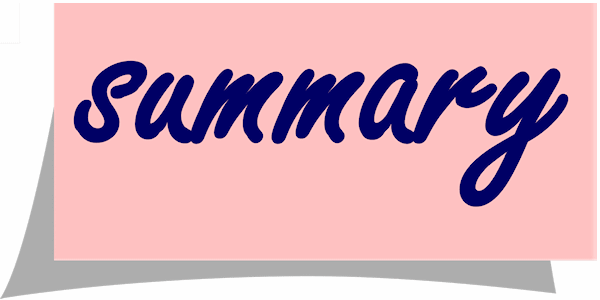
Credential Registry
We are members of the Credential Registry, an organization dedicated to providing up-to-date information about all credentials, a common description language to enable credential comparability, and a platform to search and retrieve information about credentials.
The best credentials are found at the Credential Registry.
Learn more at Credential Registry.
FAQs
How is Lean different from Lean Six Sigma?
Research into Lean Six Sigma reveals it is much more about Six Sigma and tends to have very little about the rich features of a Lean Transformation. Lean Six Sigma adherents will often treat Lean as a collection of tools, you can sometime use when you work on a Six Sigma project.
Descriptions of Lean Six Sigma will often place a strong emphasis on using the Define, Measure, Analyze, Improve, and Control (DMAIC) methodology. This methodology is big for Six Sigma projects and not very common for Lean projects.
You can learn more at What is Lean Six Sigma?
Are there training programs for Lean?
Yes, there are all sorts of training programs for Lean. Our family of training and certification programs includes:
Lean Apprentice is the introductory certification and is designed for everyone at an organization which is pursuing a Lean Transformation.
Lean Practitioner provides hands-on experience leading a value stream mapping project.
Lean Expert provides hands-on experience leading a problem solving project.
Lean Master walks through an assessment of your organization’s Lean Transformation program and helps you build an improvement roadmap.
You can learn more at Lean Education Standards.
We tried and failed with a Lean program. Should we try again?
The answer is yes, only if you are willing to conduct a lessons learned appraisal and then set yourself up for success by establishing a Lean Transformation program. Don’t waste everyone’s time with some program of the month.
Your Lean Transformation program should have goal where everyone is empowered to participate in waste elimination projects, problem solving efforts, and continuous improvement activities. Lean is not just continuous improvement. Lean is not just problem solving. Lean is not just waste elimination projects.
We encourage you to learn about and take an Improvement Program Assessment.
We have trained employees on some Lean tools and have seen minor success in cutting costs. What should we do different?
We define Lean as “the systematic elimination of waste”. Unfortunately, Lean tools are often used for chaotic cost cutting and the results are always less than what can be achieved by focusing on waste.
For example, you can focus on the cost of energy and work your heart out seeking to cut the cost of energy. Alternatively, you can focus on the energy you are wasting through poor processes and reckless activities. A change in your mindset means you switch from chasing pennies by cutting costs to scooping up dollars by eliminating waste.
If you have been focused on cutting costs, then your best approach is to educate your team on the benefits of a Lean Transformation. You need a program with a better focus on principles, types of value, types of waste, empowerment, and the goal on creating a sustainable organization.
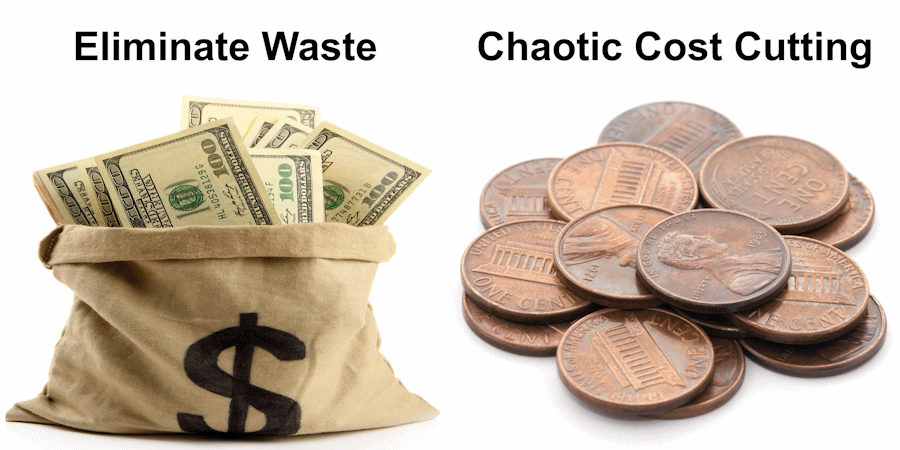
We have hired multiple people with Lean experience and they all have a different philosophy and approach. How can this be?
The good news is how Lean is the #1 improvement program in the world. The bad news is how there are different flavors of Lean all over the world.
If you have hired a number of people with Lean on their resume, then chances are you have introduced variation, and possibly some chaos, into your organization. Some places think Lean is just about continuous improvement and you do simple things for 2 minutes every day. Other places use Lean just for solving problems or for value stream mapping projects. The worst organizations will use the Lean tools for chaotic cost cutting.
Regardless of their background with Lean, you need to ensure all new hires are educated on your Lean Transformation program. You should even look at sending the new hires through the same Lean training courses you use for those without any experience with Lean.
You can learn more at Lean Transformation Program and Lean Education Standards.
Lean looks like the solution we have been searching for. What should I do first?
First give yourself a pat on the back for realizing Lean can be transformative for your organization.
Then, read about our Lean Transformation Program.
Your next step is to contact us. We can help you assess your opportunities and craft a roadmap to success.
Mike Loughrin is the CEO and Founder of Transformance Advisors. He also teaches for Louisiana State University Shreveport and is on the board of directors for the Association for Supply Chain Management Northern Colorado.
Mike brings exceptional experience in industry, consulting services, and education. He has directed several Lean Transformation programs and has helped organizations such as Levi Strauss, Warner Bros., Cabela’s, Constellation Brands, Lexmark, and Sweetheart Cup.
Keeping a commitment to a balanced life, Mike loves downhill skiing, bicycle rides, and hiking in the mountains. See one of his trails of the month at: Little Switzerland.
Mike Loughrin is the CEO and Founder of Transformance Advisors. He also teaches for Louisiana State University Shreveport and is on the board of directors for the Association for Supply Chain Management Northern Colorado.
Mike brings exceptional experience in industry, consulting services, and education. He has directed several Lean Transformation programs and has helped organizations such as Levi Strauss, Warner Bros., Cabela’s, Constellation Brands, Lexmark, and Sweetheart Cup.
Keeping a commitment to a balanced life, Mike loves downhill skiing, bicycle rides, and hiking in the mountains. See one of his trails of the month at: Little Switzerland.
Professional Certifications
Recognizing the Need for Lean
What is the Credential Registry?
Top Reasons to Earn a Certification
Lean and Six Sigma Talent Demand
Subscribe to our newsletter
References
Lean Thinking by James P. Womack, Daniel T. Jones
Organizational Improvement Acronyms by Transformance Advisors
Organizational Improvement Definitions by Transformance Advisors
